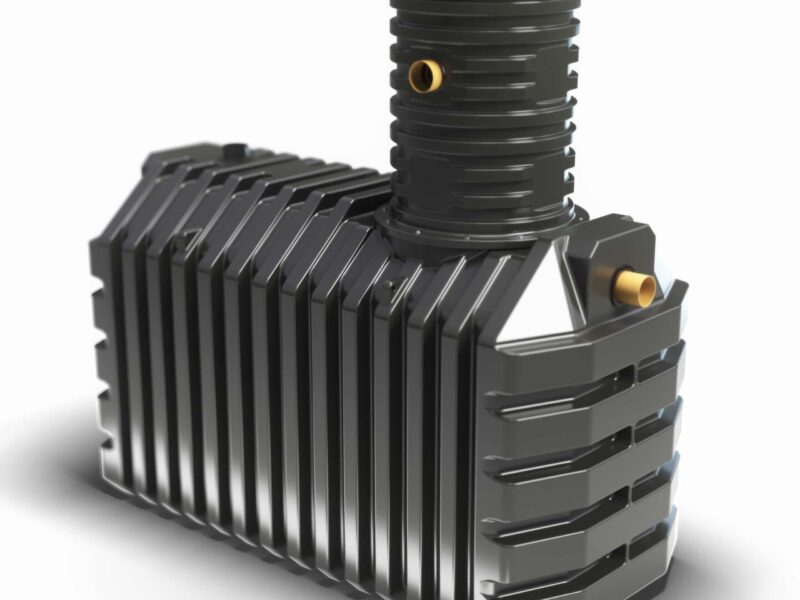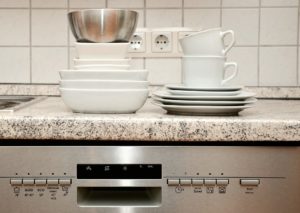Lead Pipes
Do You Have Lead Pipes in Your Home? Water mains in the UK are not…
Read more24 hr Emergency Callout

Blog
If you’re having a septic tank installed on your property or an old one replaced, it is important to consider the size of the tank you need. This depends on a number of factors, such as property size and number of people.
If you’re looking to have a septic tank installed on your property, it is important you know there are three main types used in rural residential areas:
The septic system is a self-contained sewage system that holds residential waste that is then collected and taken to a sewage treatment plant.

A septic tank is the first stop for all the wastewater that exits your home. The waste is then held in the septic tank for a period of time while it goes through the process of separating the solids from the liquids before filtering water into your drainage field. Therefore, you need to consider a number of variables when it comes to choosing the right size septic tank for your property:
Here at Coastal Drains, we like to try and make things as easy as we can when it comes to septic tank sizing so that you can ensure you purchase the right type. So, to simplify sizing: septic tanks should have a capacity below the inlet level of 2,700 litres (2.7 cubic metres) for up to 4 users. The size should be increased by 180 litres for each additional user.

If your property’s septic tank is too small for your requirements, it won’t be able to cope with the amount of wastewater from your property. This can cause all sorts of unpleasant problems such as blockages, overflowing, and foul odours.
However, the most common result of a septic tank that is too small is that the ensuing pressure will release the liquids before they have had a chance to be properly filtered. What this means is that the solids in the tank won’t be broken down properly and, therefore, will accumulate faster, leading to potential blockages and overflow.
You will also experience problems if your septic tank is too big. An oversized septic tank won’t be able to function effectively without the right amount of wastewater flowing through it. If it’s too large for your property, there may not be enough accumulated liquid for the necessary bacteria to form, which assists in breaking down the solids in the tank.
Simply put, finding the right balance is key when choosing a tank of the right size. However, there are a few septic tank guidelines to keep in mind to ensure you make the right choice.
The square footage of your house is a good way to consider what the right size for you may be. The bigger your house is, the larger septic tank you probably need. For example, a house that is under 1,500 square feet typically functions with a 750 or 1,000 gallon septic tank. In comparison, a larger house of around 2,500 square feet will likely require a larger tank within the 1,250 gallon range.

Another consideration to make when choosing the right size for your property is based on the number of bedrooms in your home. As with property size mentioned above, the more bedrooms there are in your home, the larger septic tank you require. For example, a family of four in a 2-3 bedroom house will probably require a smaller tank than a family of 6 in a 4-5 bedroom house would.
As with both points mentioned above, the higher the occupancy rate in your home is, the bigger your septic tank should be. If you only have two people living in your property, you will only need a small septic tank. However, if you have 5 or more people living in your home, you will require a larger septic tank to manage all the household waste hygienically and effectively.

When you’re trying to decide what size septic tank you require to suit the needs of your family, there are a number of home features you need to consider. Does your home have any of the following?
While the above additions to your home are often considered luxuries, sometimes having multiple appliances is a necessity. However, luxury or not these are all factors that may increase the size of your septic tank and they are definitely things you need to keep in mind.
If the septic tank for your property exceeds its holding capacity, sewage can backup in your home, causing serious risks to your hygiene, flooding, and blockages. To avoid these unpleasantries, it is important to consider septic tank size and how you can make the best choice for your home. If you’re still unsure after reading our advice, contact the Coastal Drains team today. We would be more than happy to advise you on the best septic tank size for your property and requirements.